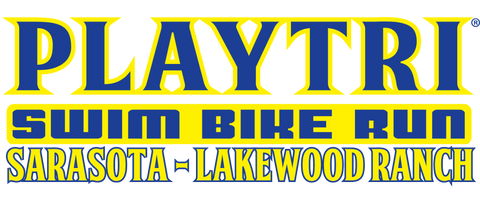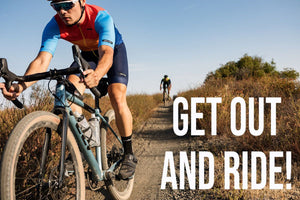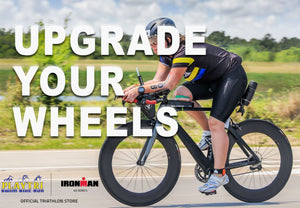
TRANSITION SEASON: TRI TIPS FROM COACH JIM
Unless you are racing some of the late season Ironman races (Cozumel, Indian Springs) or a late season marathon (Dallas), now is a good time to downshift a bit from training to reset yourself for the 2022 season. I’m not a big fan of the term “offseason” because, honestly, most endurance athletes cannot turn off their passion and enjoyment for their sport. “Transition season” provides a better term, and one I use regularly in conversation with athletes, because a transition season is about helping us shift our focus from this past “in-season” to the next “in-season.”
For most of the long distance athletes (Ironman athletes and marathoners) I work with, we start their transition season immediately after their last “A” (most important) race of the season and it can last anywhere between 2-8 weeks. Depending on the athlete, their transition season will include any or all of the following guidelines:
-
Be active, but don’t train. This portion of the transition season is all about recovering physically, mentally, and personally. This lasts between 1-2 weeks. Some of my athletes still swim, bike, or run, but others don’t. Instead of being an athlete that is training, be a person exercising to feel good. They do yoga, sleep in, go for walks, get massages, non-endurance sports, and reconnect with family and friends who have supported them this past season. The focus is on recovery. Do whatever will help you recover and be ready to start training again, but don’t overdo it.
-
Get a massage and/or see a PT. Address any nagging injuries with various tools (yoga, physical therapy, foam rolling, compression boots, massage guns, a professional massage, etc.) so that you can get into your next training blog as injury free as possible.
-
Start back slowly with purpose. After your 1-2 weeks of being active but not training, it is a good idea to start back slowly with purpose. Swim with an emphasis on improving your form instead of getting in the yardage. Bike with an emphasis on improving your bike handling skills and pedal stroke. Run with an emphasis on increasing your cadence and improving your form. This will help lay the groundwork for the next in-season.
-
Hit the weights. Let’s face it, most endurance athletes won’t win a bodybuilder competitions. However strength training helps improve power and efficiency. Spend a little less time swimming, biking, and running and more time strength training. 2-3 strength training sessions a week is a good goal for age group athletes. If you haven’t done strength training before, or it’s been a while, reach out to a coach or a personal trainer who has experience working with endurance athletes. And please don’t forget to continue strength training during the season. Only doing strength training during transition season is better than not at all, but you’ll see more improvements if you can continue it throughout the next in-season 1-2 times per week.
-
Practice mindful eating. It is not unheard of to actually gain a little bit of weight while training for long distance endurance events. And that’s okay. Your body needs the calories to support what it is doing. During the transition season, though, you want to be mindful of what you are eating and how it will effect your upcoming in-season goals. If you want to improve your body composition, then set the routines during the transition season to be successful.
-
Last but not least, have fun! Unless you are a professional who is paid for athletic performances, ultimately we amateurs do endurance sports because we enjoy them. Enter a low-stress, fun run or bike rally and enjoy moving your body.
Embrace the time away from in-season training and focus on recovering and strengthening your body and mind so that you can come back better and stronger next season.
Coach Jim Rowe is a Playtri Level 3 and USAT Level 1 Coach. He coaches age group athletes of all ability levels from first time finishers to IRONMAN World Championship qualifiers. Learn more about Jim at www.playtri.com/jim-rowe.



Leave a comment